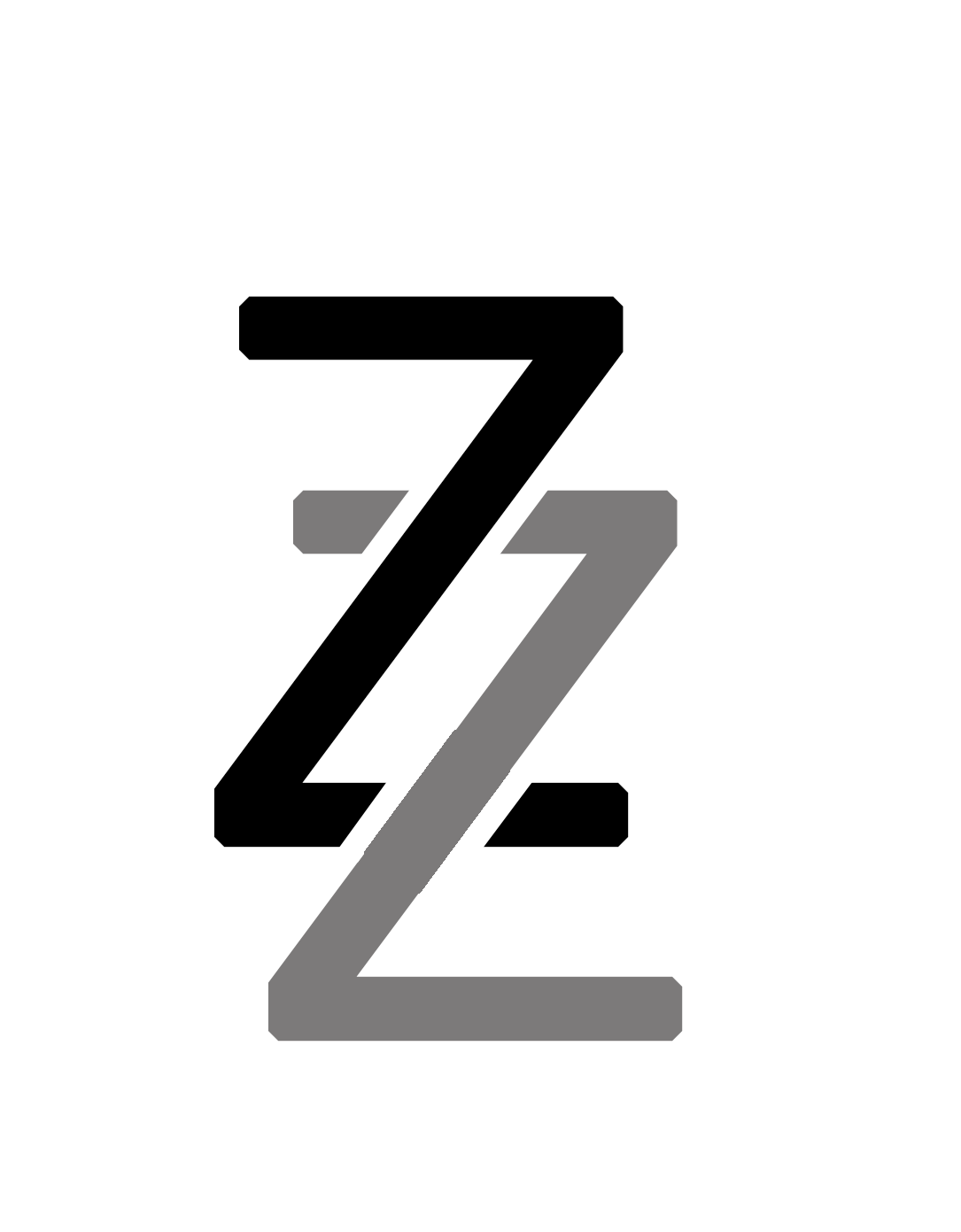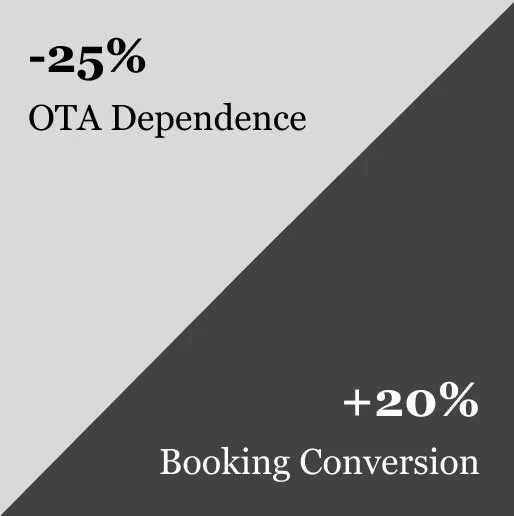Dynamic Rate Intelligence™
Redesign New Design Branding
AI REV
“ Client was looking for a more data-driven screen for easier price comparison rather than an interface overloaded with hotel details.”
Solution:
The client wanted a faster way to evaluate competitor prices and felt their own room details were redundant since they already knew their inventory.
Solution:
Line Graph
Choosing the Right Visualization
Ideal for tracking price trends over time, comparing competitors, and identifying pricing gaps or opportunities.
Discover the expectations and the frustration.
We met with Chief Hotel Manager H and 3 other key stakeholders who oversee hotel operations. During the interview, H shared his challenges in maximizing revenue, explaining how setting hotel rates is a time-consuming and inefficient process despite his best efforts.
Current Manual Workflow: How Managers Set Hotel Rates Today
“Hoteliers across large, mid-sized and independent chain scales struggle with operational challenges. Cumbersome tasks include manually managing rate parity, handling data entry for marketing campaigns and manually generating reports, according to the report. “
— NetSuite, "13 Common Challenges in the Hospitality Industry in 2024" (Read more)
Time
6 months
Team:
3 Designers
2 Engineers
Role:
UI/UX Design & Research
Dynamic pricing integration
Customer mobile app
By turning raw pricing data into actionable insights, managers made quicker decisions.
Deliverables
Figma Prototype
Design System
Higher Booking Conversion
Bar Chart
Used to show hourly price change frequency, making volatility and peak change windows easy to spot at a glance.
This was also the moment our fresh new branding stepped into the spotlight.
Our client, Best Western, was drawn to our success with the Manor AI project, and sought to enhance their revenue while enabling hotel managers(main persona) to make timely decisions. However, managers were often overwhelmed with daily operations, making it difficult to track market trends and adjust room rates effectively.
To tackle these challenges, we integrated our innovations into their workflow, streamlining pricing strategies and decision-making.
My primary responsibility centered on the most critical task:
AI - Powered Revenue Optimization
Missed revenue opportunities – No way to optimize rates dynamically based on real-time demand.
Slow & inefficient – Pricing updates take hours, and market conditions may change in that time.
How might we use AI to help hotel managers save time and make smarter pricing decisions?
Price monitor 1.0 - Dynamic Pricing 3.0
Competitor Pricing Comparison Table:
Dynamic Pricing 1.0
A structured table for keep record of nearby hotel rates across multiple websites.
Digestible KPIs like revenue, occupancy, and hourly price changes for at-a-glance decision-making.
Dynamic Pricing 2.0
Problem:
Enabled hotel managers to fine-tune direct channel pricing and cut OTA dependence.
Manager Web Portal - Dynamic Pricing 3.0
After multiple rounds of discussions with stakeholders, we refined our understanding of their needs and operational challenges. This final iteration of the Dynamic Pricing portal enhances usability, improves decision-making efficiency, and provides deeper insights into pricing trends.
Problem:
・Easier Comparison: Competitor pricing from various website is organized vertically for easier compare across websites.
・Room-Specific Insights: Enhanced focus on individual room types with dynamic price adjustments.
・Actionable Design: Highlighted key pricing adjustments recommended by AI agents, making it easy to spot opportunities.
Faster Decision-Making
As engineers gained better access to real-time data, we also began migrating to our updated design system. The final result reflects both the functional improvements and our refreshed visual identity.
Event Forecast Integration
Launch an event forecast module that allows users to view upcoming local events and holidays via a calendar interface, helping them adjust prices proactively.
Incorporate occupancy data to fine-tune pricing strategies and anticipate demand more accurately.
Occupancy-Driven Adjustments
Leverage machine learning algorithms to deliver smarter pricing suggestions based on historical and real-time trends.
Predictive Strategy with AI
Quick Insights:
A bar chart visualizing hourly price fluctuations, helping managers identify peak adjustment times.
A line graph tracking historical and real-time pricing trends. The dashed line represents the AI-predicted price, offering guidance for optimized rate adjustments.
We redesigned Dynamic Pricing 2.0 by:
・Switching to a table layout : Replaced the previous list format with a clean, side-by-side comparison table.
・Removing clutter:Removed the hotel’s own room details from the main view to keep the focus on competitive intelligence.
Limited Data, Big Decisions
As we collaborated further with stakeholders, it became clear that our API’s data limitations were shaping what we could realistically deliver. Specifically:
・No room-type-level data from Booking.com API (via RapidAPI).
・Incomplete and inconsistent pricing data — sometimes missing or deviating significantly.
・Stakeholders were concerned about the lack of actionable insights due to the data quality.
Dynamic Pricing 3.0
User Pain Points
What Data Was Available?
Since the API can only give hotel-level prices (no room-level), focusing on "price movement patterns" and "competitor pricing benchmarks" is a smart way to still deliver actionable insights despite the data limitations.
Hotel Managers Struggle with Market-Responsive Pricing.
Identifying Gaps in the Initial Concept
The AI-driven recommendations were disconnected from real-time data, making them impractical.
The screen lacked critical functionalities to support managers in making informed pricing decisions.
Managers must constantly track competitor pricing and market trends manually.
Frequent rate updates require excessive effort.
Lack of Data-Driven Decision Support
Pricing decisions rely heavily on intuition and past experiences rather than real-time insights.
Without an intelligent system, managers struggle to identify optimal price points to maximize revenue.
User Persona
From our interviews, we synthesized two key personas who experience these operational challenges daily
Online Research
In the beginning, the client provided us with a previous price monitor screen as a baseline. While the initial concept had potential, we quickly identified major limitations:
Increased Revenue
Our pricing tool drove more direct bookings and reduced reliance on third-party platforms.
One of our biggest challenges was balancing business goals with technical constraints. We had to work with limited data that wasn’t readily available from public sources.
Additionally, we needed to come up with design that’s easy to achieve for our team and design a branding strategy that meets business goals.











